S/C Nemo Galapagos Cruise (Nemo I) Description:
The ingeniously designed salon, the vast cockpit and the unique exterior surface make the Catamaran S/C Nemo Galapagos Cruise I an exceptional cruising boat. Built by Dufour shipyard and imagined by JOUBERT-NIVELT, it was nevertheless the designer Jacques PIERRE JEAN whose final touch gifted the Nemo I with its particular ambiance.
KEY FEATURES
- The S/C Nemo Galapagos Cruise (Nemo I) is a first-class motor sail catamaran
- Daily excursions to different islands in 2 itineraries (North and South)
- Galapagos expert certified guide
- Cabins with private bathroom
Accommodation & Distribution:
The S/C Nemo I has 7 cabins: two double cabins (each one with one double bed), and 5 cabins (each one with twin beds; two single upper – lower berths). The cabins are equipped with air conditioning, private bathroom and hot water.
| Technical Specifications | |
|---|---|
| Construction | Dufour & Sparks. 1996 |
| Capacity | 14 passengers |
| Length | 24.9m / 83ft |
| Width | 10m / 33.34ft |
| Draft | 1.40 m / 4.6 ft |
| Main sail | 1400 sq ft / 130 meters squared |
| Engines | 2 x 130 HP |
| Electric voltage | 12 V, 24 V, 220 V |
| Cruising speed | 10 knots |
| Navigation Instruments | Autopilot, GPS, Radar |
| Water maker | 200 L/h / 60 g/h |
| Security | 2 Life rafts. 1 EPIRB. 1 SART. 2 Waterproof VHF. 20 Life vests. |
| Aditional equipment | Fans, deck shower, TV and VCR, PAL/SECAM, HI-FI CD player, radio and tapes, snorkelling equipment, sea kayaks, and zodiac |
NORTH ITINERARY A 8 DAYS / 7 NIGHTS (Sunday - Sunday)
| SUNDAY – SUNDAY | |
|---|---|
|
DAY 1 SUNDAY |
Baltra (Start at mid-day) – Bachas Beach (WK-SN) |
|
DAY 2 MONDAY |
Genovesa: El Barranco (WK-KY-PR-SN-PB) – Darwin Bay (WK-KY-PR-SN-PB) |
|
DAY 3 TUESDAY |
Rabida (WK-PR-SN) – Sombrero Chino (WK-KY-PR-SN) |
|
DAY 4 WEDNESDAY |
Santa Cruz: Highlands (WK) – Breeding Center Fausto Llerena (WK) |
|
DAY 5 THURSDAY |
Isabela: Moreno Point (WK-PR-SN) – Urbina Bay (WK-SN) |
|
DAY 6 FRIDAY |
Fernandina: Espinoza Point (WK-SN) – Isabela: Caleta Tagus (WK-KY-PR-SN-PB) |
|
DAY 7 SATURDAY |
Santiago: Minas de Sal (WK) – Egas Port (WK-SN) – Espumilla Beach (WK-KY-PR-SN-PB) – Buccaneer Cove (KY-PR-SN-PB) |
|
DAY 8 SUNDAY |
Daphne (CN) – Baltra (End at 08:30 am) |
SN = Snorkel PR = Panga Ride KY = Kayak CN = Circumnavigation
WK = Walking PB = Paddle Board
NORTH ITINERARY A 4 DAYS / 3 NIGHTS (Sunday - Wednesday)
| SUNDAY – WEDNESDAY | |
|---|---|
|
DAY 1 SUNDAY |
Baltra (Start at mid-day) – Bachas Beach (WK-SN) |
|
DAY 2 MONDAY |
Genovesa: El Barranco (WK-KY-PR-SN-PB) – Darwin Bay (WK-KY-PR-SN-PB)
|
|
DAY 3 TUESDAY |
Rabida (WK-PR-SN) – Sombrero Chino (WK-KY-PR-SN) |
|
DAY 4 WEDNESDAY |
Santa Cruz: Highlands (WK) – Baltra(End at 08:30 am) |
SN = Snorkel PR = Panga Ride KY = Kayak CN = Circumnavigation
WK = Walking PB = Paddle Board
NORTH ITINERARY A 5 DAYS / 4 NIGHTS (Wednesday - Sunday)
| WEDNESDAY – SUNDAY | |
|---|---|
|
Day 1 WEDNESDAY |
Baltra(Start at mid-day) – Breeding Center Fausto Llerena (WK)
|
|
Day 2 THURSDAY |
Isabela: Moreno Point (WK-PR-SN) – Urbina Bay (WK-SN)
|
|
Day 3 FRIDAY |
Fernandina: Espinoza Point (WK-SN) – Isabela: Caleta Tagus (WK-KY-PR-SN-PB)
|
|
Day 4 SATURDAY |
Santiago: Minas de Sal (WK) – Egas Port (WK-SN) – Espumilla Beach (WK-KY-PR-SN-PB) – Buccaneer Cove (KY-PR-SN-PB)
|
|
Day 5 Sunday |
Daphne (CN) – Baltra (End at 08:30 am)
|
SN = Snorkel PR = Panga Ride KY = Kayak CN = Circumnavigation
WK = Walking PB = Paddle Board
SOUTH ITINERARY B 8 DAYS / NIGHTS (Sunday - Sunday)
| SUNDAY – SUNDAY | |
|---|---|
|
Day 1 SUNDAY |
Baltra (Start at mid-day) – North Seymour (WK-PR-SN)
|
|
Day 2 MONDAY |
Plaza Sur (WK) – Santa Fe (WK-KY-PR-SN-PB)
|
|
Day 3 TUESDAY |
San Cristobal – Isla Lobos (WK-PR-SN) – Leon Dormido (CN) – Cerro Brujo (WK-KY-PR-SN-PB)
|
|
Day 4 WEDNESDAY |
Espanola Bahia Gardner (WK-KY-SN-PB) – Islote Osborn (SN) – Isla Gardner(PR-SN) – Punta Suarez (WK)
|
|
Day 5 THURSDAY |
Santa Cruz: Charles Darwin Station (WK) – El Chato (WK)
|
|
DAY 6 FRIDAY |
Floreana Post Office Bay (WK-SN) – Mirador de la Baronesa (WK-KY-PR-PB) – Cormorant Point (WK-PR-SN) – Champion Islet (PR-SN)
|
|
DAY 7 SATURDAY |
Bartolome (WK-PR-SN) – Sullivan Bay (WK-KY-PR-SN-PB)
|
|
DAY 8 SUNDAY |
Black Turtle Cove(WK-SN) – Baltra (End at 08:30 am)
|
SN = Snorkel PR = Panga Ride KY = Kayak CN = Circumnavigation
WK = Walking PB = Paddle Board
SOUTH ITINERARY B 5 DAYS / NIGHTS (Sunday - Thursday)
| SUNDAY – SUNDAY | |
|---|---|
|
Day 1 SUNDAY |
Baltra (Start at mid-day) – North Seymour (WK-PR-SN)
|
|
Day 2 MONDAY |
Plaza Sur (WK) – Santa Fe (WK-KY-PR-SN-PB)
|
|
Day 3 TUESDAY |
San Cristobal – Isla Lobos (WK-PR-SN) – Leon Dormido (CN) – Cerro Brujo (WK-KY-PR-SN-PB)
|
|
Day 4 WEDNESDAY |
Espanola Bahia Gardner (WK-KY-SN-PB) – Islote Osborn (SN) – Isla Gardner(PR-SN) – Punta Suarez (WK)
|
|
Day 5 THURSDAY |
Santa Cruz: Charles Darwin Station (WK) – Baltra(End at 08:30 am)
|
SN = Snorkel PR = Panga Ride KY = Kayak CN = Circumnavigation
WK = Walking PB = Paddle Board
SOUTH ITINERARY B 4 DAYS / 3 NIGHTS (Thursday - Sunday)
| THURSDAY – SUNDAY | |
|---|---|
|
Day 1 THURSDAY |
Baltra (Start at mid-day) – Santa Cruz: El Chato (WK)
|
|
Day 2 FRIDAY |
Floreana Post Office Bay (WK-SN) – Mirador de la Baronesa (WK-KY-PR-PB) – Cormorant Point (WK-PR-SN) – Champion Islet (PR-SN)
|
|
Day 3 SATURDAY |
Bartolome (WK-PR-SN) – Sullivan Bay (WK-KY-PR-SN-PB)
|
|
Day 4 SUNDAY |
Black Turtle Cove(WK-SN) – Baltra (End at 08:30 am)
|
SN = Snorkel PR = Panga Ride KY = Kayak CN = Circumnavigation
WK = Walking PB = Paddle Board
NOTE: Cruise Itinerary is subject to change due to Galapagos National Park dispositions or to circumstances beyond our control (force majeure).
Above prices include:
Transfers in Galapagos.
Accommodation in double cabins.
All meals during the cruise.
Professional Bilingual Guide.
Visits & Excursions according itinerary.
Purified water, coffee and tea available during the cruise.
Above prices do not include:
Local flight to/from Galapagos
Galapagos National Park Entrance Fee US$ 100.00
Galapagos Transit card: US$ 20.00
Soft & alcoholic Drinks
Services not indicated
Medical & Travel Insurance
Tips
♦ Single Cabin Supplement: additional 100%
** Note: Single travelers are allowed to book a twin cabin to share with another traveler of the same sex in order not to pay single supplement.
♦ Ask for charter departures
♦ Children under 12 years old – 20% discount
♦ Rates are subject to change in the event of local tax increases or other unforeseen circumstances.
Please be aware that the prices vary consistently due to promotions and Galapagos last minute deals, so in order to GET THE BEST PRICE for the dates you desire please fill out the request form below.
After doing so, we will send you the absolute best prices for the dates that you indicate.

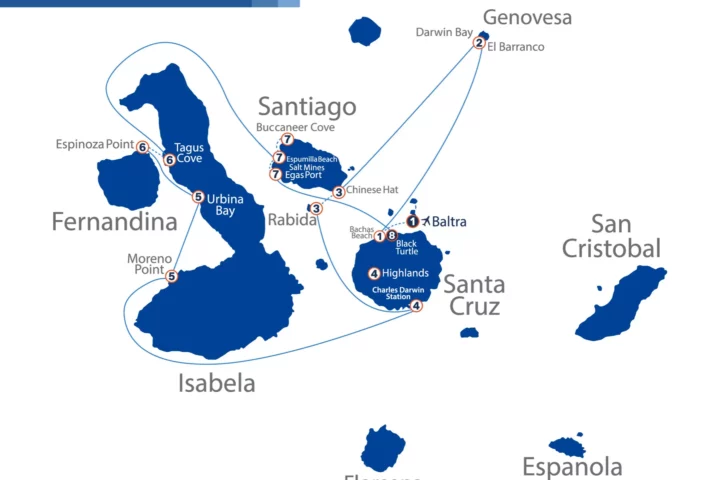
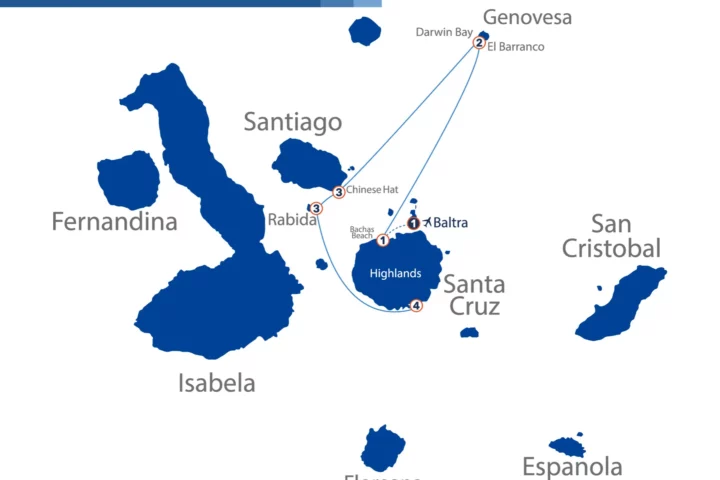
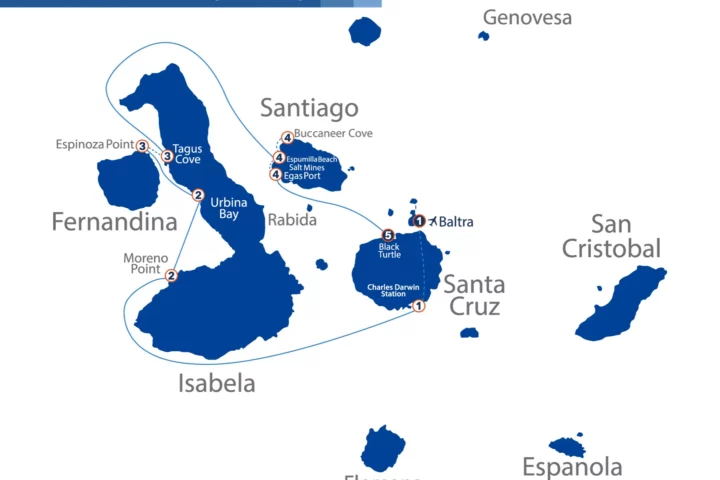
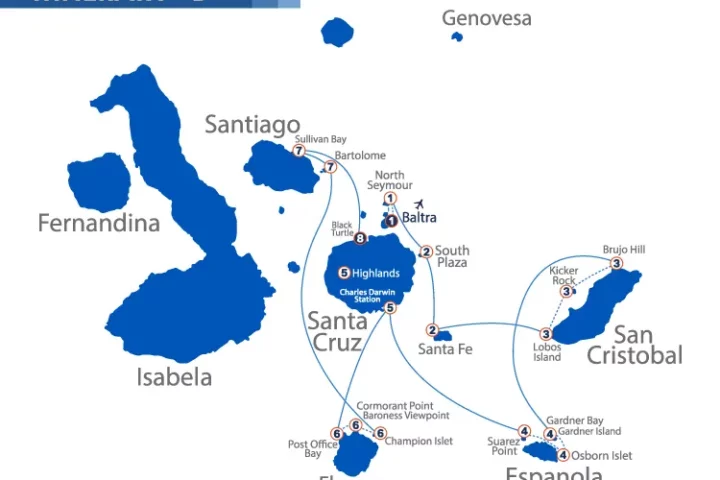
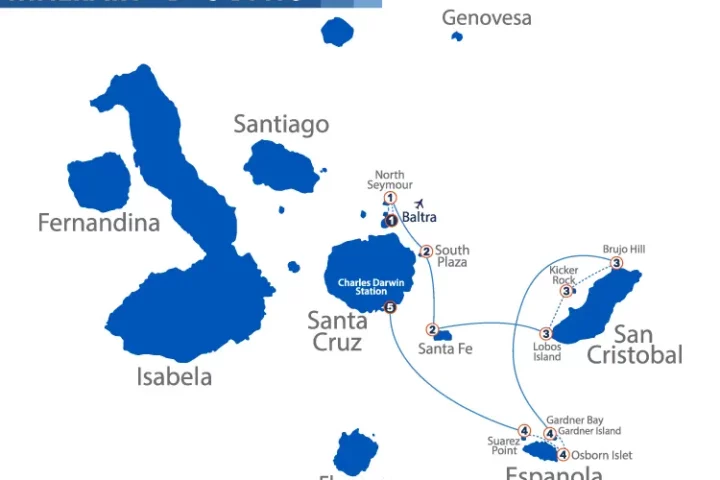
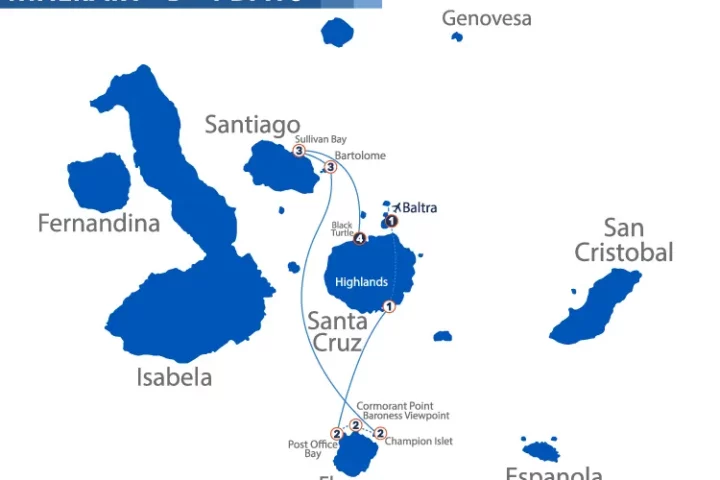
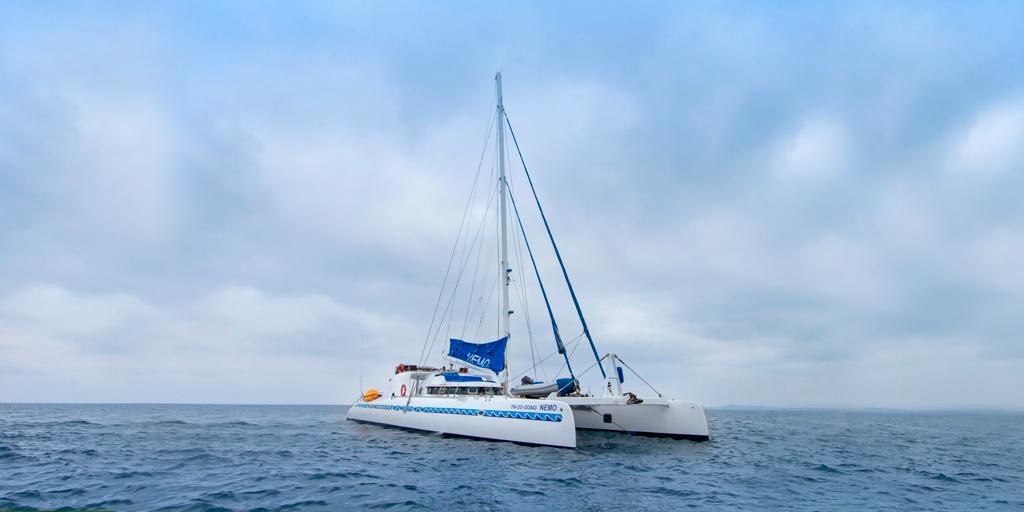
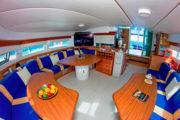
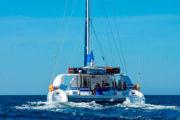
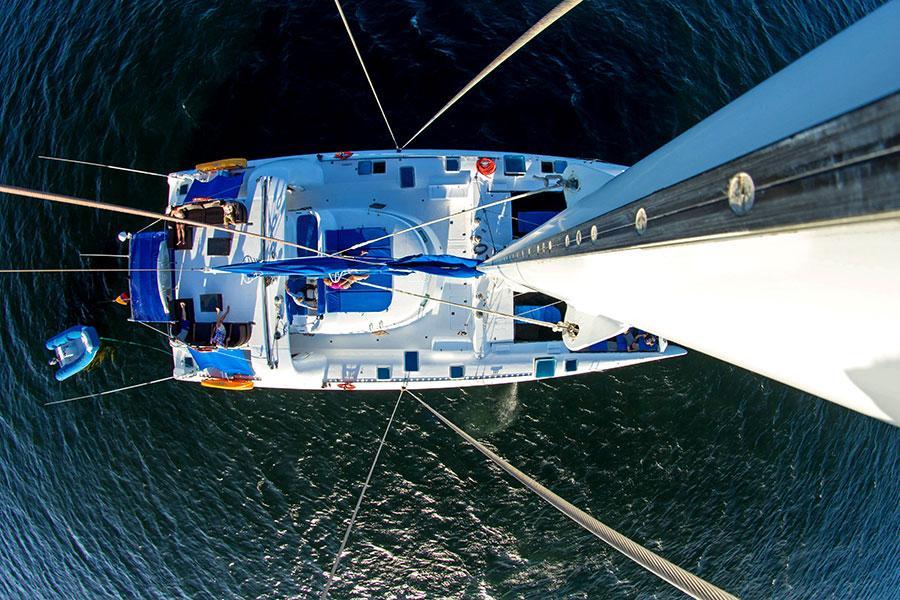
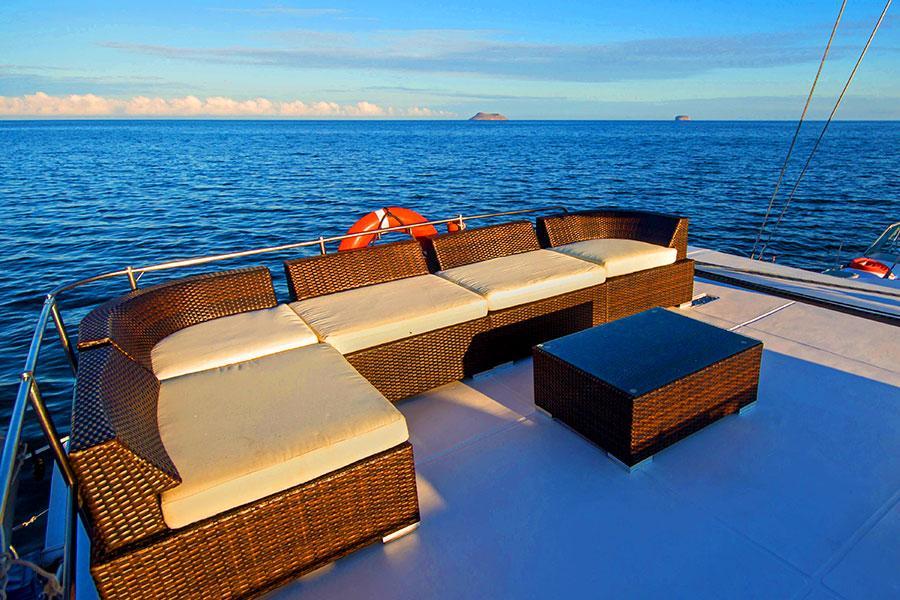
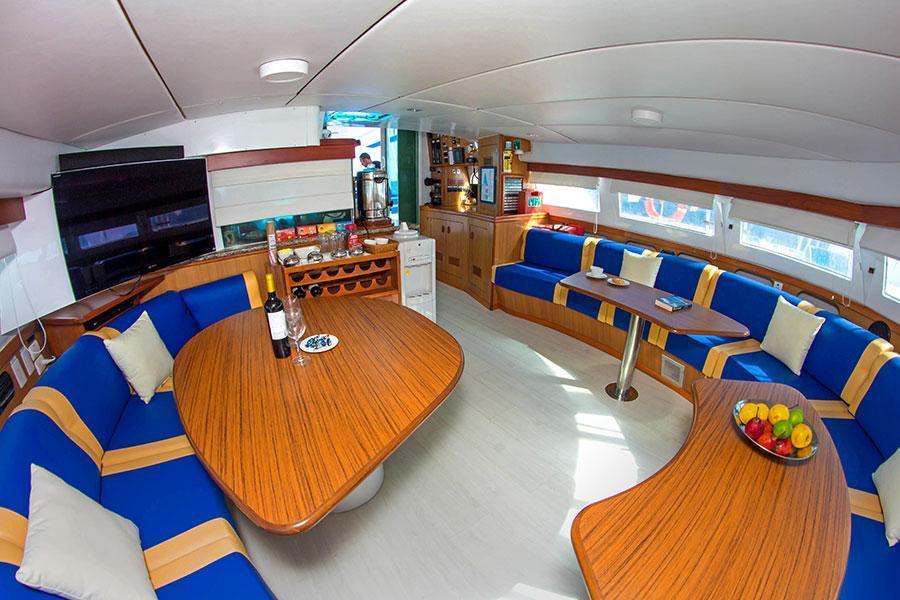
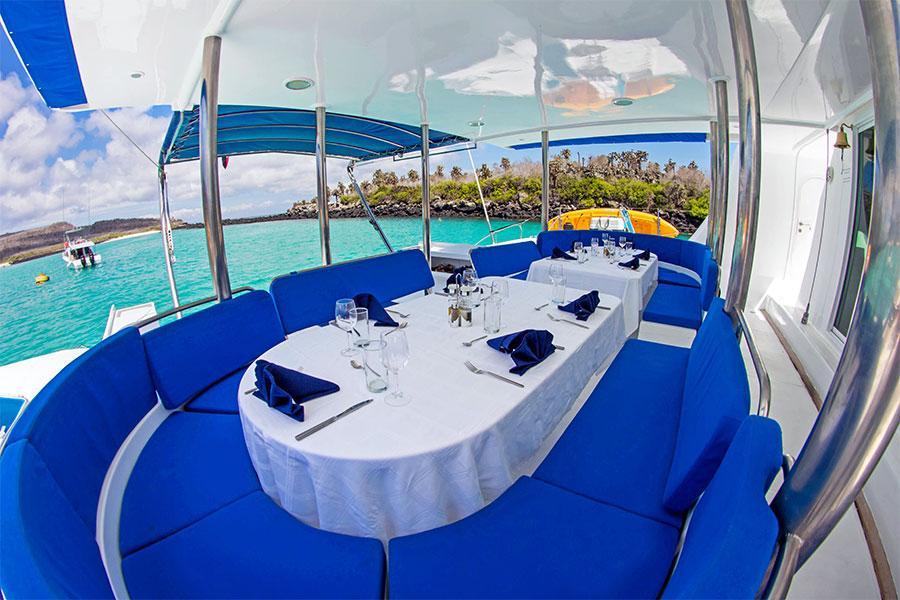
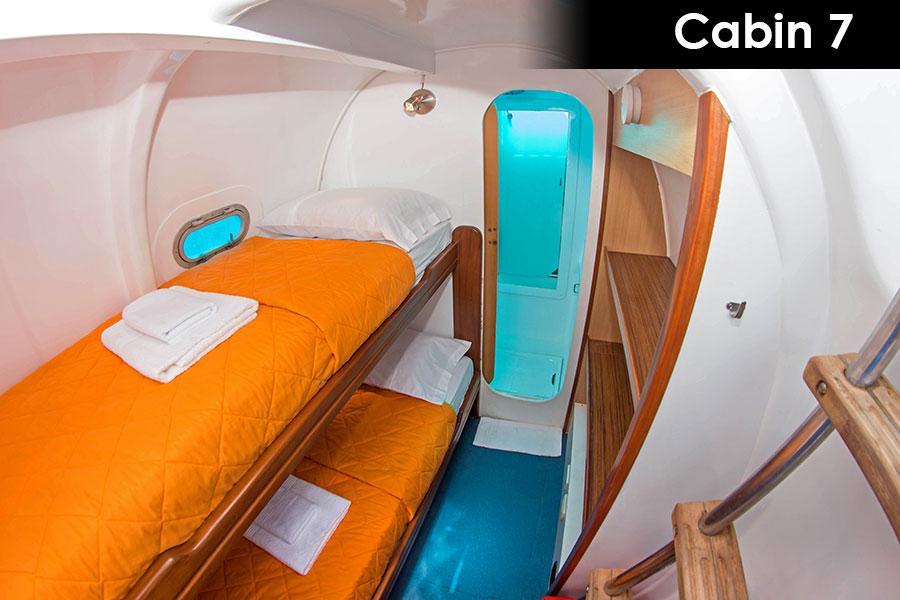
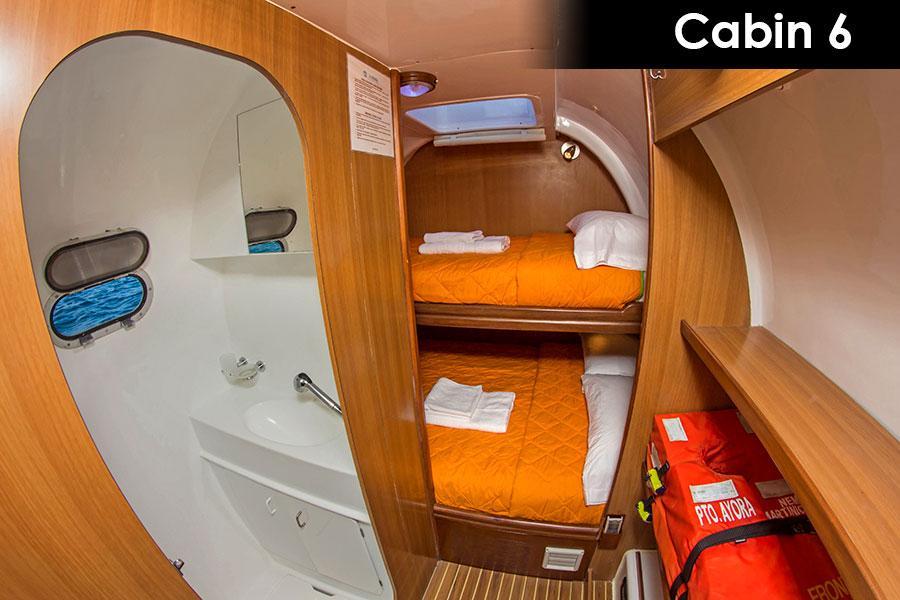
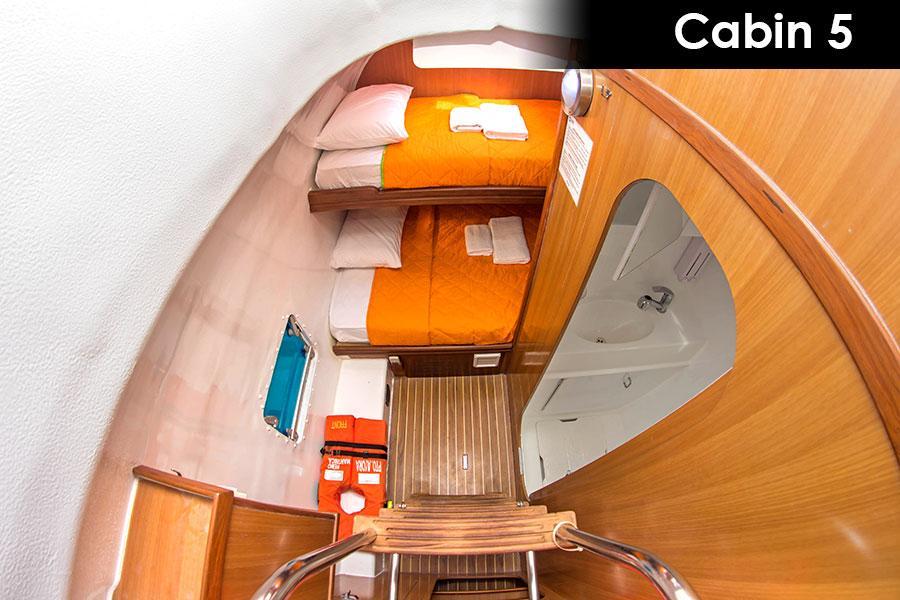
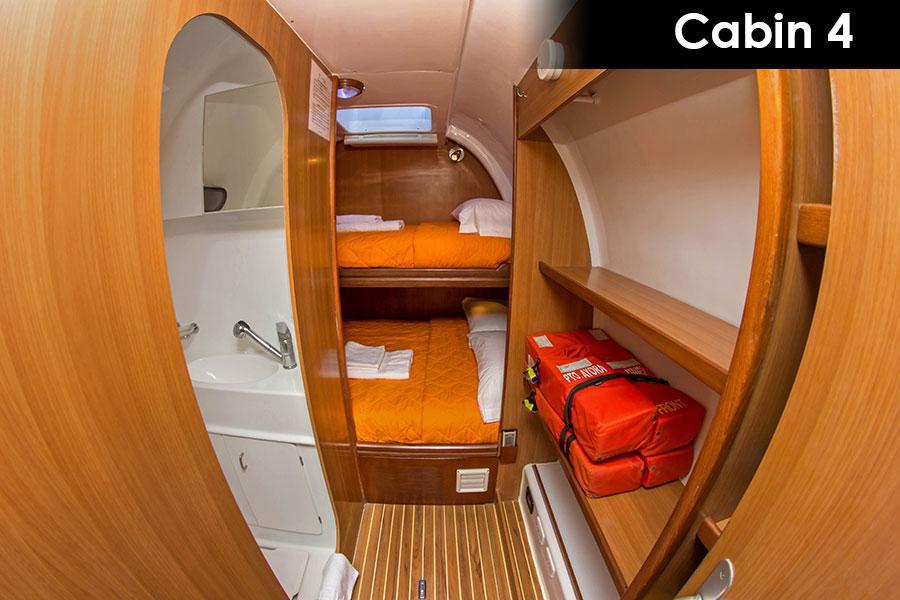

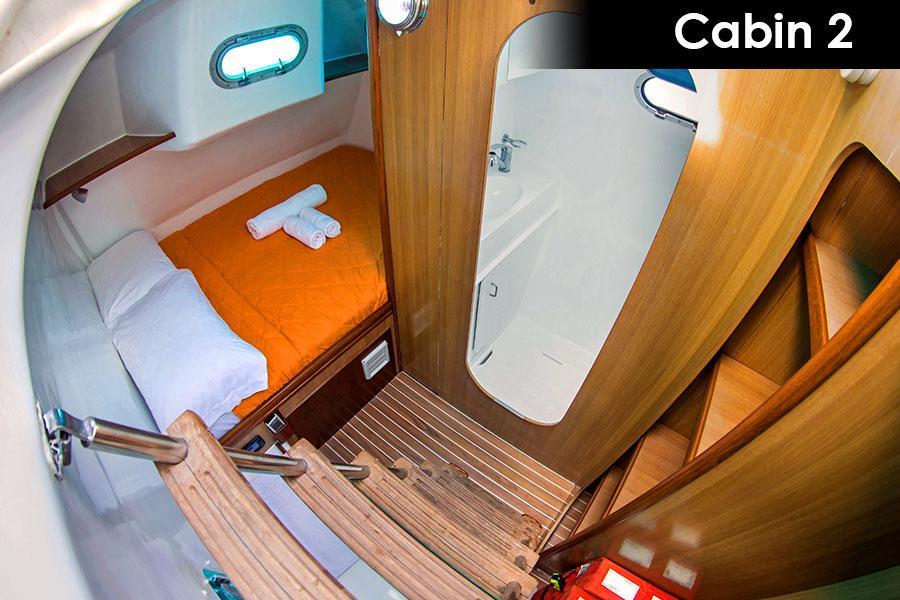
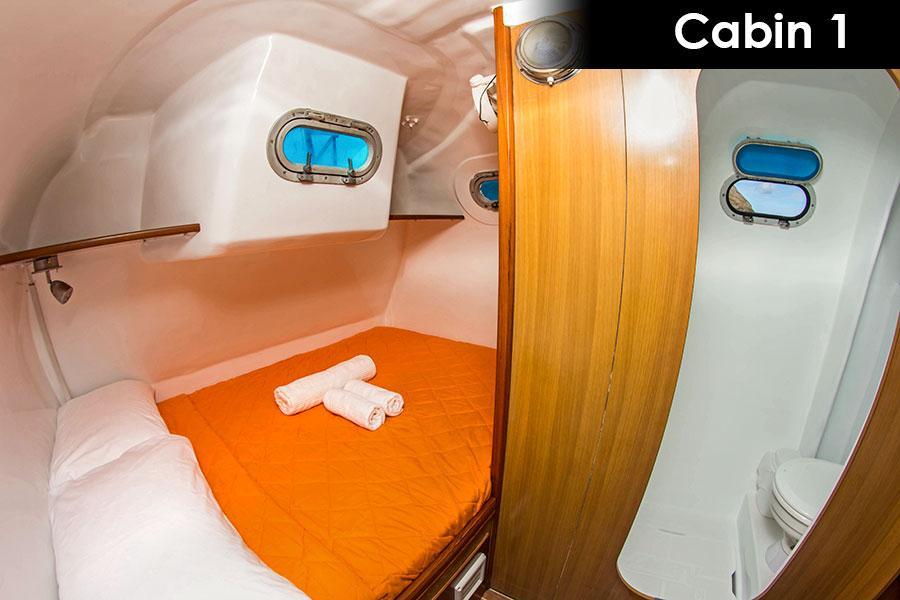
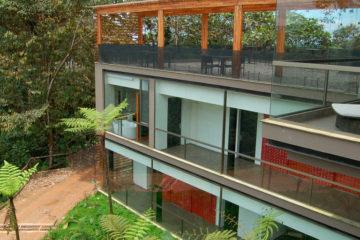

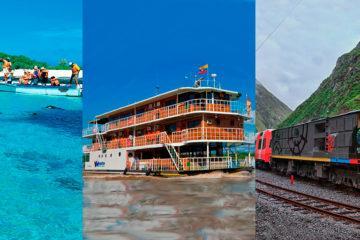

Tour Reviews
There are no reviews yet.
Leave a Review